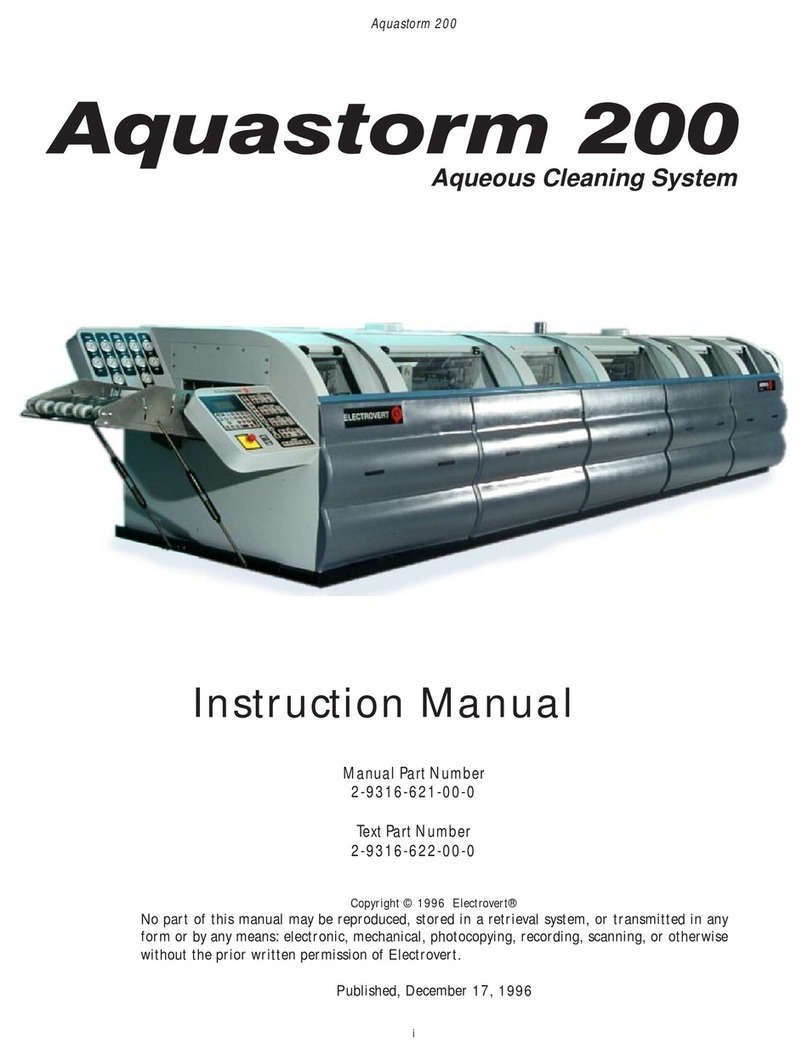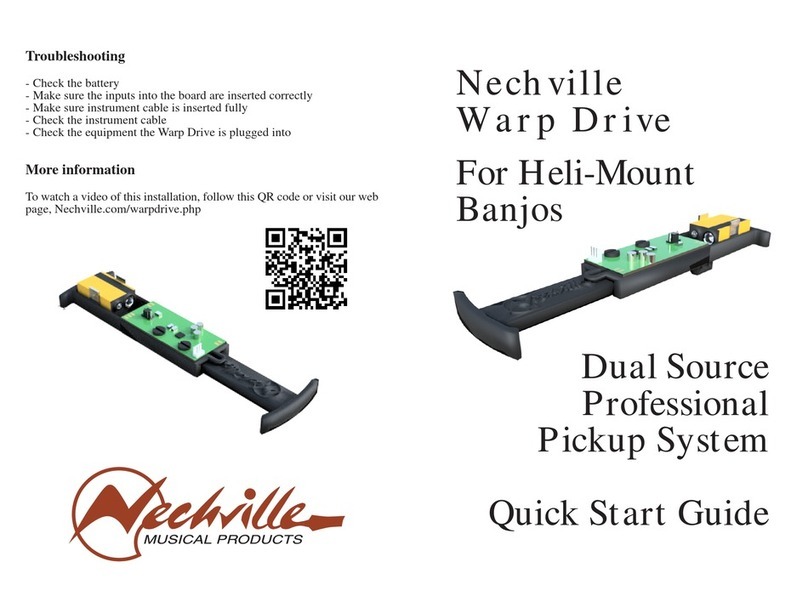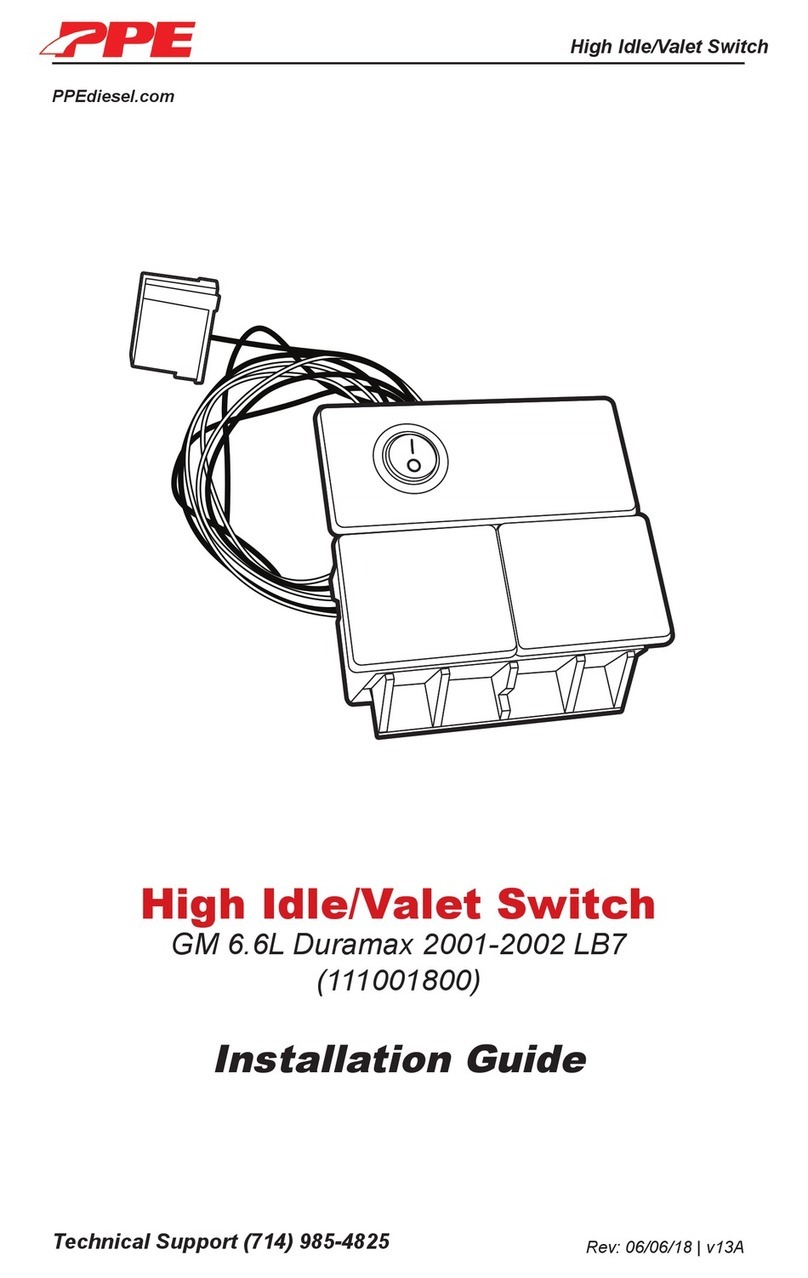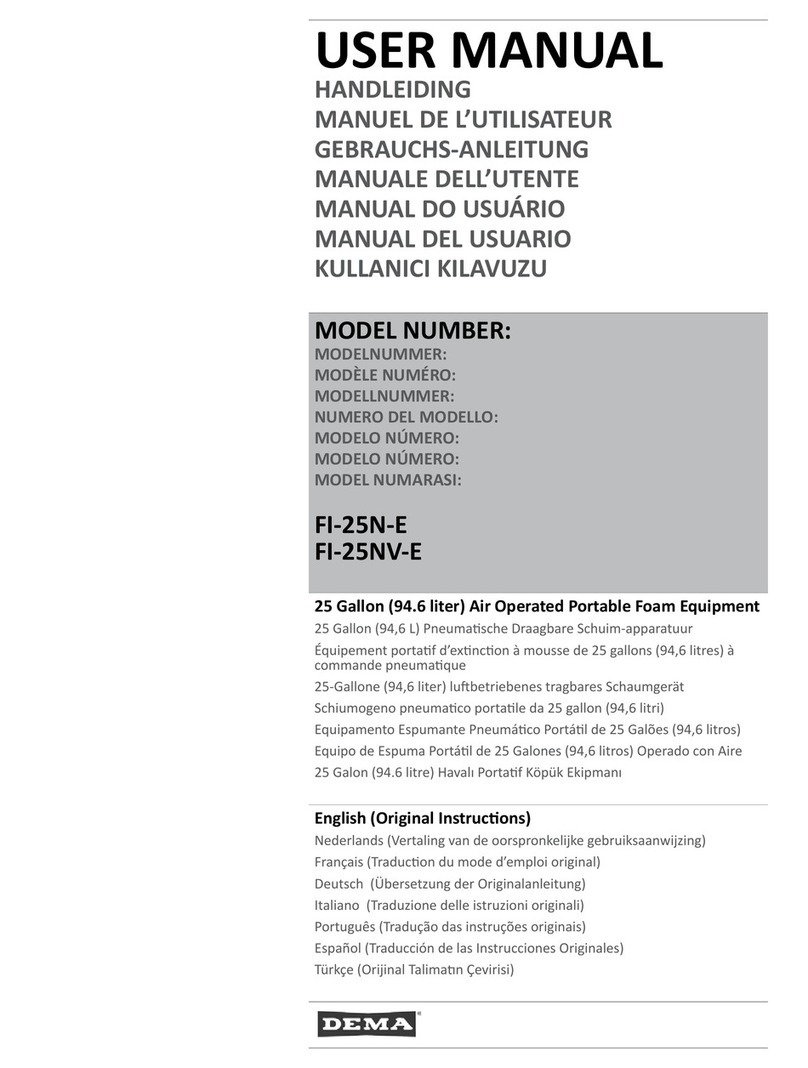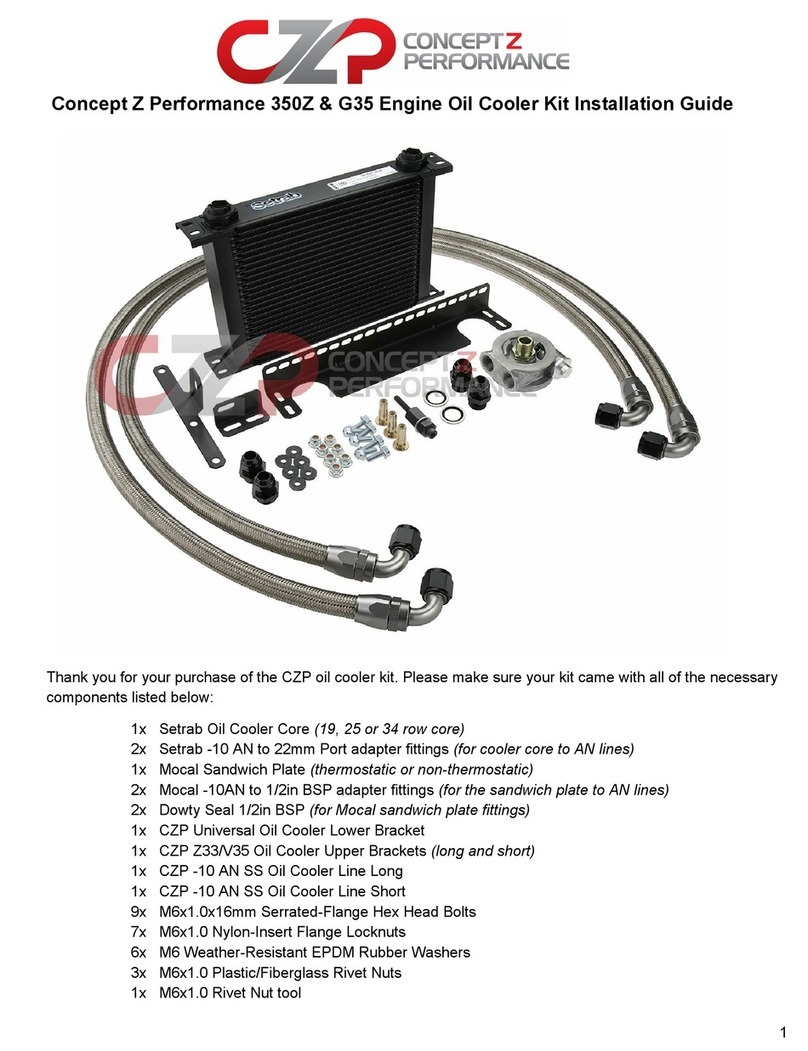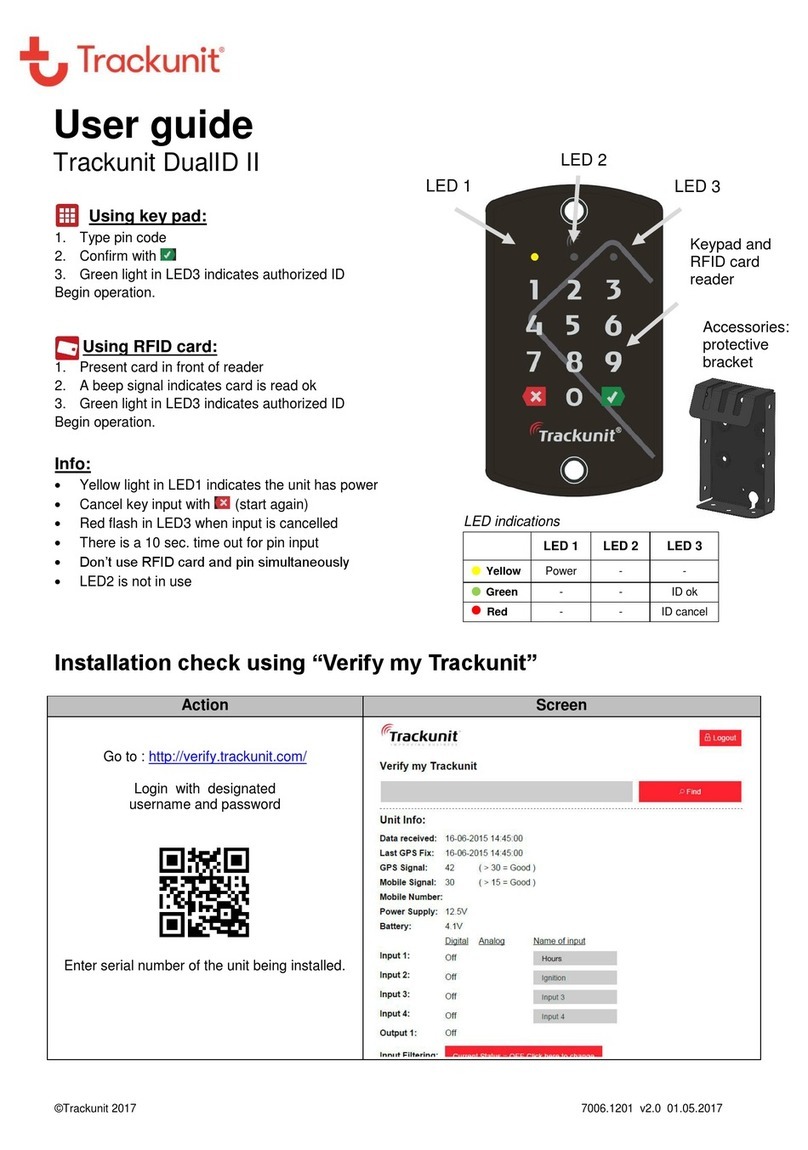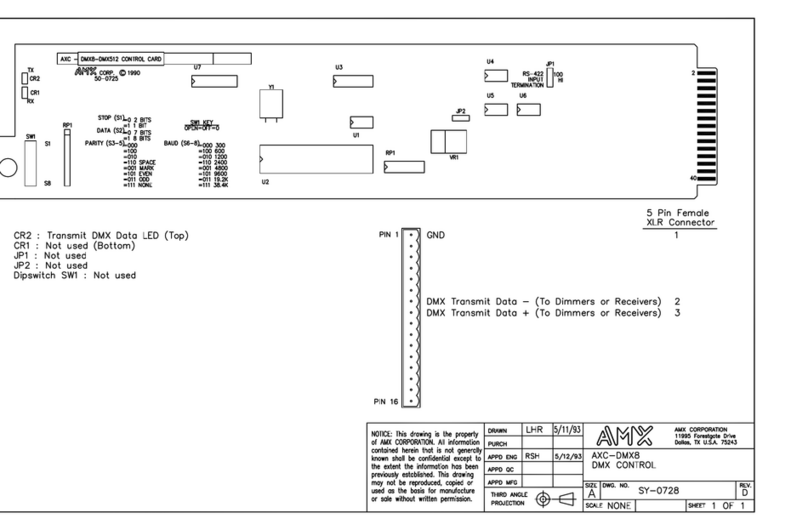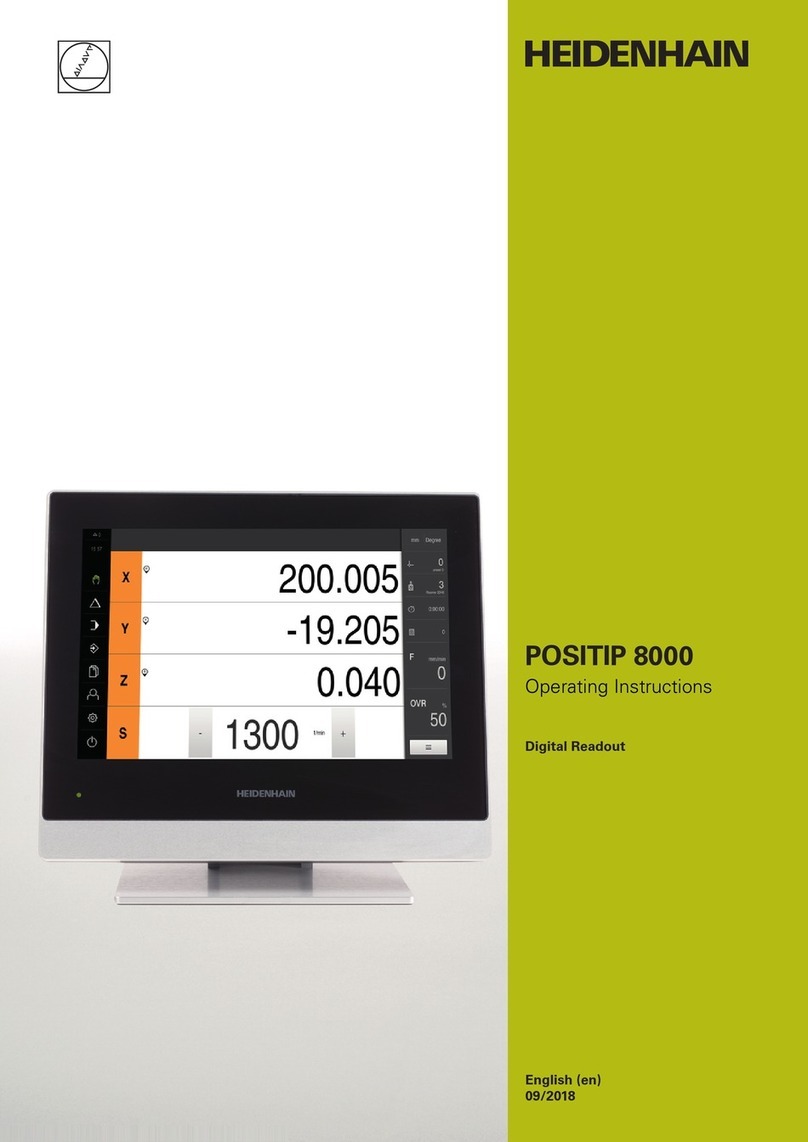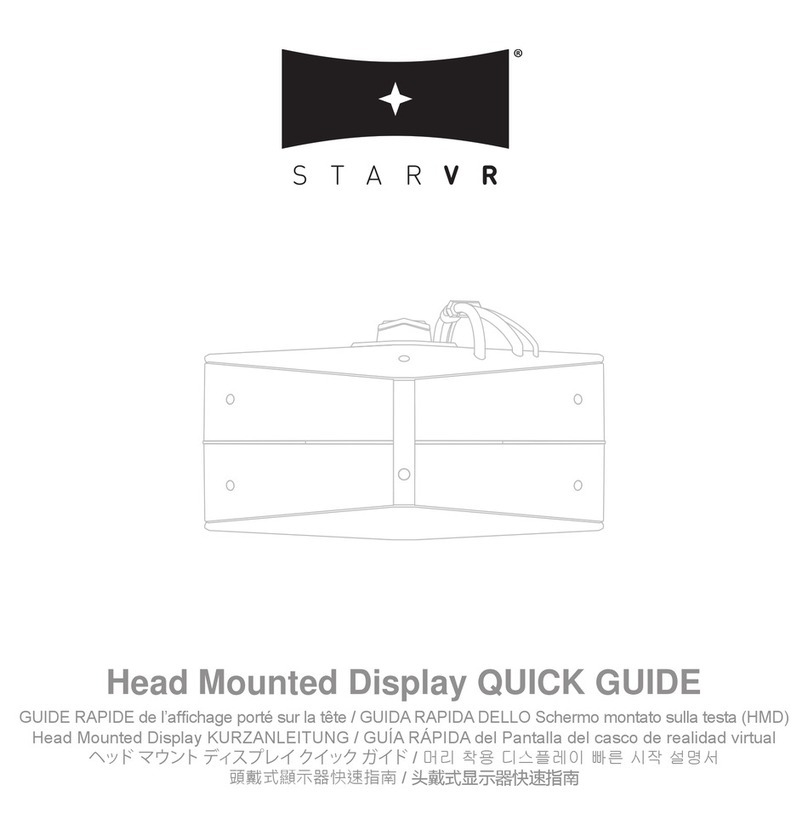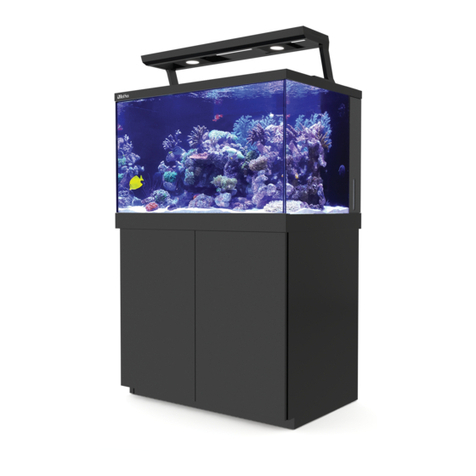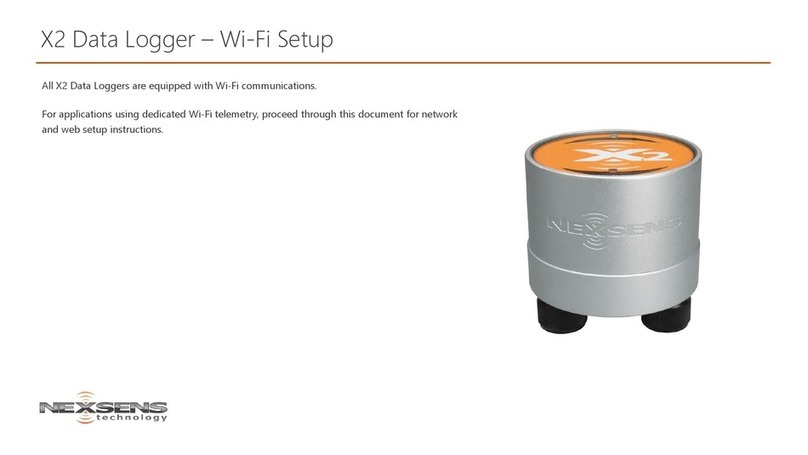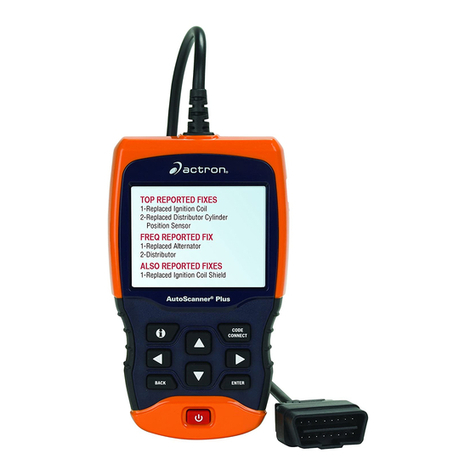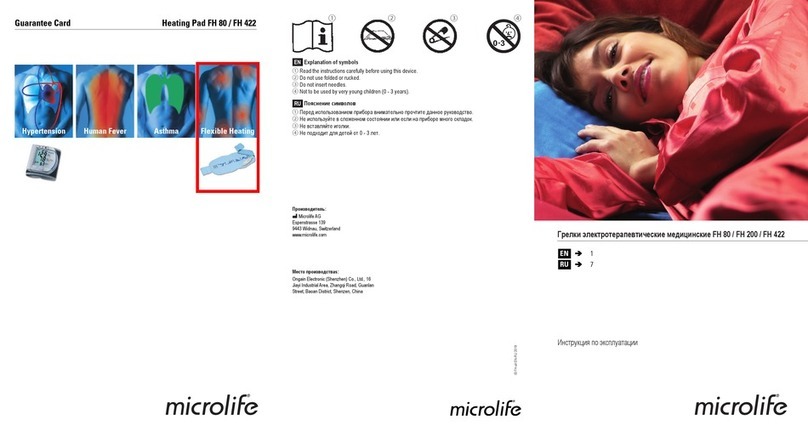Innovitech X Filter 1.0 User manual

Copyright –Innovitech LTD

2
Version: 1.3
Contents
X Filter Installation ........................................................................................................................................3
Plumbing Installation Options....................................................................................................................7
Vortex Generating Bypass Controllers..................................................................................................... 9
Fine tuning based on pipe positioning............................................................................................. 10
Filter Media Installation .............................................................................................................................11
Filter Media Replacement........................................................................................................................ 16
Maintenance ...............................................................................................................................................17
Alarm & Redundancies............................................................................................................................. 18
Alarm....................................................................................................................................................... 18
Self-cleaning function .......................................................................................................................... 19
Unit Assembly............................................................................................................................................ 20
Detailed Measurements............................................................................................................................23
Troubleshooting........................................................................................................................................ 24
User Manual

3
X Filter Installation
The X Filter can be separated into
three major sections to aid fitting if
required.
The bottom section could be fully
submerged and manouvered to
install on sump glass
WARNING: Black electronics
enclosure should never be
submerged under water
Using the hooks, hang the filter to
the desired position into the sump
Position the X Filter based on the
instructions of the next page

4
X Filter 1.0 placement
Optimum water level:
8 -10cm from bottom of unit
Standpipe/flexpipe depth within
overflow:
7cm from top of overflow section to
magnify the vortex effect when the
vortex generating bypass controllers
are used.
X Filter 1.7 placement
Optimum water level:
12 -15cm from bottom of unit
Standpipe/flexpipe depth within
overflow:
7cm from top of overflow section to
magnify the vortex effect when the
vortex generating bypass controllers
are used.

5
The adjustable spacer should be
used for sump glass thickness up to
6mm. Above 6mm the spacer could
be removed. Removing and
adjusting the spacer
The spacer supports the unit to be
level.
IMPORTANT NOTICE: It’s important
the unit to be set as level as possible
in order for the optical sensor to
detect water level more accurately
and fully take advantage of the
fleece media
The hooks allow the unit to be set
into different heights
The middle holes provide the ideal
height, as the top section can move
over the sump glass
WARNING: Do not use the higher
section (upper holes) unless
absolutely necessary
HIGH RISK OF WATER SPILLING
OVER SUMP GLASS
There’s a second set of hooks
provided that are designed to
elevate the unit even higher in
order to obtain ideal water level for
the filter.
WARNING/DISCLAIMER: These
hooks should be used under your
own risk. There’s a risk of water
spilling over the sump glass if not
installed properly or excessive flow
is used.

6
The top module can be placed
left or right from the centre,
depending on installation
requirements or clearance
Top module moves on a track of
7,5cm from one end to another
By releasing or tightening the
white screws (front screw shown)
will allow or restrict movement
After setting the position of the
top module, ensure front and
back screws (back screw shown)
are tight enough to restrict
movement of the top module

7
Plumbing Installation Options
The X Filter doesn’t required hard
plumbing, as it features an
overflow box to support different
types of plumbing
X Filter 1.0: Overflow box
measures 6,5cm depth (front to
back from sump glass) & 11cm
width
X Filter 1.7: Overflow box measures
6,5cm depth (front to back from
sump glass) & 17cm width
X Filter 1.0 overflow box can hold
a single 50mm (2 in.) or up to two
40mm (1 ½ in.) hard PVC or
flexible pipes
X Filter 1.7 overflow box can hold a
up to two 50mm (2 in.) or up to
three 40mm (1 ½ in.) hard PVC or
flexible pipes
Pipes should sit as close as possible towards the back of the filter (black plate)
The openings on the white plate
should never be blocked!
WARNING: Pipes should have a
clearance of at least 16cm from the
bottom of the box in order to let the flow move freely. Picture only for illustration purposes.
RISK OF SPILLAGE ON HIGH FLOWRATES

8
If flow rate allows it, a hose from
another component, such as a
reactor, could compliment the
filtering and clarity of the water
After installation, use the power
supply provided and connect it
with the cable from the black
box with.
After powering on the power
supply, the green LED on the
bottom of the black box will turn
on.
WARNING: Keep the connector
clear and safe from water or
potential risks of water spillages
as it will void warranty.

9
Vortex Generating Bypass Controllers
The Vortex Generating Bypass
Controllers are positioned at the
bottom of the overflow section
of the unit.
X Filter 1.0 has two (2) bypass
controller.
X Filter 1.7 has three (3) bypass
controllers.
The Vortex Generating Bypass
Controllers are used to make the
media fleece consumption more
efficient and effective and allow
any microlife to exit the unit
(copepods etc.)
NOTE: The water clarity and effectiveness of the unit is not compromised by the use of this
mechanism. The vortex generated when unit is installed as advised, will help effectively swirl
detritus to the filtering section of the unit.
The bypass controllers are
controlled by the external white
discs at the bottom of the unit, as
displayed.
Open controller by turning
counter clockwise (CCW)
Close controller by turning
clockwise (CW)
NOTE: The Vortex Generating
Bypass Controllers allow fine
tuning of flow at extreme
precision they way they have
been designed.
It is advised to use the controllers
open on new installations and
fine tune when the filter has
gone through the breaking in
period.

10
Fine tuning based on pipe positioning
If there is a single pipe
installed, it is advised to be
installed towards the side of
the overflow box (left or right).
This will enhance the vortex
generated and aid in better
catchment of particles into the
filtering section.
The opposite bypass generator should be used as the main bypass, while the one directly
below the standpipe could be used if more flow is required to pass as a secondary.
If two or more standpipes are
used, the vortex generating
bypass controllers should open
equally.

11
Filter Media Installation
The clear tube provided is used
to hold the roll in place
Note: This part is reusable. Do not
throw away on filter media
change
Set the tube through the roll
opening
The tube is longer than the width
of the roll
Allow the tube to protrude from
the roll equally on each end

12
Set the media on the side of the unit
where the “Innovitech”logo is shown
on the black box
IMPORTANT: Ensure the outer layer of
the roll faces the outer side of the unit
Set the media with the clear tube on
the designated slots
Pass the media over the top rod and
under the lower rod as shown

13
Take the media across and below the
optical sensor
Pass the media under the lower rod
and over the upper rod
TIP: At the four (4) top rods, the
correct placement of the fleece is
OVER –UNDER –UNDER –OVER, as
shown in the picture.
WARNING: Incorrect placement of
the media through the rods might
lead undesired results that could void
warranty.
At the bottom of the unit, unscrew
both rods by turning the “X” shaped
knobs counter clockwise
By using the long “L” shape tool
provided, from the top, push the
media towards the bottom of the unit
Set the media towards one corner of
the bottom of the unit as shown
With the help of the tool, hold the
media in place while (if required) and
pry the rod through the opening and
over the media

14
Locate the threaded hole on the
white backing and screw the rod into
place until tight enough to provide a
good seal
Repeat process on the opposite end
WARNING: While screwing rods back
into place, do not apply too much
force as there’s a risk of breaking the
rods off or damaging the thread. A
good seal is achieved as long as the
rods don’t move freely. The gasket
should be tight enough to keep the
rod from turning.
Illustrated is the uptake spool (actual
might vary in size and colour). This
can be reused as many times
required and purchased separately.
The spool has an anti-slip tape to set
the media without the requirement of
an adhesive.
The side of the spool with the larger
diameter should be set facing
towards the black box
Set the media flush on the side of the
spool, with the media rolled from the
outer side of the spool as shown
Roll at least two to four layers of
media tightly

15
Hold the media tightly on the spool
until the spool is set to its final
destination otherwise there’s a risk
the media will unwind or not set
properly
TIP: Media sets better on the spool if
it’s wet.
By sliding the black box outwards,
clearance will be created from the
direct drive to let the spool sit into
place
Let the black box spring back into
position for the direct drive to come
into contact with the spool
Twist the spool if required for the
direct drive to lock into place
The button on the other end of the
black box is the manual media feed
Push the button to roll the media
manually
Apply pressure to the uptake spool if
required to achieve a tight fit of the
media on the spool
WARNING: Failure to achieve a tight
fit of the media on the spool, might
result to the media slipping under
pressure

16
Filter Media Replacement
When the media has finished or is about to finish, prepare to remove the old filter media by
slightly tilting the black box to unlock the direct drive.
ATTENTION: Before tilting the black
box, move the used media roll
manually back and forth to UNLOCK
the direct drive.
In case the black box won’t tilt, move
the spool slightly by hand while tilting
the black box to break the lock
While the direct drive is unlocked and
the old media is moving freely, there
are two options available
Option 1: Unroll the remaining media and remove the spool. Set the new media as explained in
the “Filter Media Installation” section
Option 2: Cut the old media loose, leaving the rest of the unused media on the unit. By using the
media left over, it can be used to pull the media in from a new roll
Remove the old media and dispose
appropriately
Note: The uptake spool may be
reused as many times required by
unwinding or cutting the old media.
The uptake spool might be disposed
with the old media or after natural
wear and tear (if reused).
The uptake spool is purchased
separately for a small fee.

17
Maintenance
After every media change, it’s suggested to wipe the optical sensor with a soft cloth to ensure
accuracy and precision is always in check
Ensure the sensor is wiped clean at the tip
Ensure that the filter is in good condition. There could be some excessive build-up of slime on
the rolls. The rolls are designed to be cleaned by the media (usually resulting by dirt patches on
the media), but it is advised to give the unit a thorough clean 1-4 times per year, depending on
water conditions.
TIP: If system is planned to be left unattended for a long period of time, it’s advised to give the
sensor and the unit a good clean and ensure a fresh media roll is installed.

18
Alarm & Redundancies
Alarm
There are two LED
indicators on the top of
the black box:
A. Motor turning
B. Alarm (Red flashing
LED)
The alarm will set and
permanently stop the
motor if the sensor
detects an abnormal
operation which is tied
to the water level not
dropping within the
filter. The water will
overflow and spill out of the front of the unit in way to create as much sound as possible. The
overflow is designed that way to create an audible “alarm” if the unit overflows.
The motor is very powerful and in order to avoid any damage to the unit or the motor, the unit
is programmed to stop the motor UNTIL THE WATER LEVEL DROPS WITHIN THE UNIT.
NOTE: The alarm will set if the water level increases in the sump above sensor level (ie. Return
pump turned off). When the water level is restored, the alarm will turn off AUTOMATICALLY and
the filter will continue its normal operation without any intervention to the filter.
If the media gets jammed either from a foreign object or the filter operates constantly
(overwhelmed by really dirty water), the alarm will set.
RESETING THE ALARM: There are three ways to reset the alarm after it’s ensured that all faults
have been rectified:
1. Advance media manually using the feed button

19
2. Reset unit by turning power Off and On
3. Automatic reset if the water level drops below the sensor
Designed redundancy: In case there is a serious blockage of the media before the alarm reacts,
the designed first point of failure is the uptake spool plastic hex. The hex will snap and allow the
powerful motor to move freely till the alarm sets. Since the uptake spool is disposable, it could
be replaced with a new one.
Self-cleaning function
When the sensor becomes too dirty, the unit will try to clean it automatically by overflowing the
unit but without the alarm LED turning on.
If this gets into your attention, clean the sensor manually to aid the cleaning of the sensor. Once
the sensor is cleaned, the media will automatically advance and restore to normal operation.
WARNING: There’s a risk that the sensor is too dirty and will never restore, especially if there is
algae build-up on the sensor. It’s advised to keep the sensor out of light sources.
If the media gets oversaturated, there’s a potential to get jammed and manual intervention will
be required to restore normal operation.

20
Unit Assembly
Unit is consisted from three main
components: Bottom unit (main
unit), top unit and
electronics/motor assembly
Place the top unit on the rails of
the bottom unit. The black
stoppers of the top unit should
face backwards (towards the
overflow section of the bottom
unit)
Insert the white screw through
the slot of the top unit and the
hole of the bracket that
protrudes from the bottom unit.
This manual suits for next models
1
Table of contents

